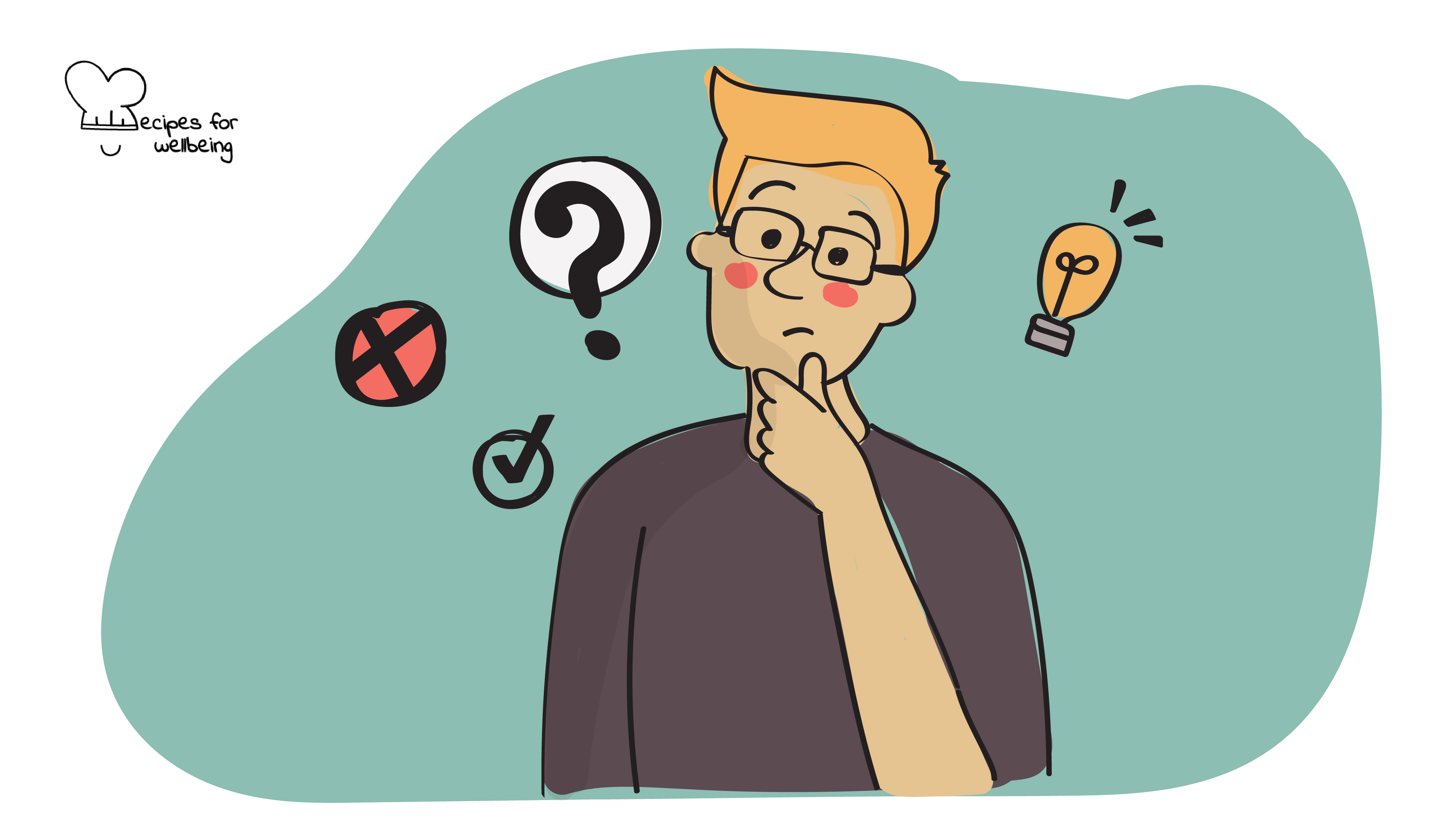
Rethinking rejection
Care about people’s approval and you will be their prisoner. Do your work, then step back, the only path to serenity. ―Lao Tzu
👥 Serves: 1 person
🎚 Difficulty: Hard
⏳ Total time: Ongoing
🥣 Ingredients: “Rejection Proof” book by Jia Jang (if you’re curious to find out more about it!)
🤓 Wholebeing Domains: Discomfortability, Liberatory Learning
💪 Wholebeing Skills: Acceptance, Agency, Challenging, Feedback Flourishing, Liberation, Perseverance, Resilience, Sense-making, Vulnera-bravery

Rethinking rejection
📝 Description
Rethinking rejection to build resilience.
The lean start-up culture embraces the mantra of “fail fast, learn fast”. But if failure has become more and more accepted, at least talked about in entrepreneurial circles, how come the same has not happened to its conceptual cousin―rejection? Despite being relatives, failure and rejection are not the same thing. For one thing, failure depends on a multitude of factors and so it is easier to find reasons why something failed, whether they are logical or simply excuses. But rejection is trickier because it involves another person saying no to us, often in favour of someone else. So rejection feels very much personal and it hurts.
The following activity offers a few insights into the work of Jia Jang on rejection, author of the book Rejection Proof. Jang embarked upon a very particular therapy journey: 100 days of rejection. One of the questions that motivates Jang is: “If we can all become more rejection proof, wouldn’t the world become a much better place?”
We encourage you to watch Jia Jang’s TEDx Talk on “What I learned from 100 days of rejection”.
•••
This recipe has been featured in our blog post “How to create resilient teams” published on tbd* on 22 July 2020.
👣 Steps
Step 1 – Rejection is human
Rejection is a human interaction with two sides. It often says more about the rejector than the rejectee, and should never be used as the universal truth and sole judgement of merit.
Step 2 – Rejection is an opinion
Rejection is an opinion of the rejector. It is heavily influenced by historical context, cultural differences, and psychological factors. There is no universal rejection or acceptance.
Step 3 – Rejection has a number
Every rejection has a number. If the rejectee goes through enough rejection, a no could turn into a yes.
Step 4 – Ask “why”before goodbye
Sustain the conversation after the initial rejection. The magic word is “why”, which can often reveal the underlying reason for the rejection and present the rejectee with the opportunity to overcome the issue.
Step 5 – Retreat, don’t run
By not giving up after the initial rejection, and instead retreating to a lesser request, one has a much higher chance of landing a yes.
Step 6 – Collaborate, don’t contend
Never argue with the rejector. Instead, try to collaborate with the person to make the request happen.
Step 7 – Switch up, don’t give up
Before deciding to quit or not to quit, step back and make the request to a different person, in a different environment, or under a different circumstance.
Step 8 – Dig deeper
These are a few of the suggestions in the rejection toolbox offered by Jia Jang. To find out the others, check out the book Rejection Proof.

